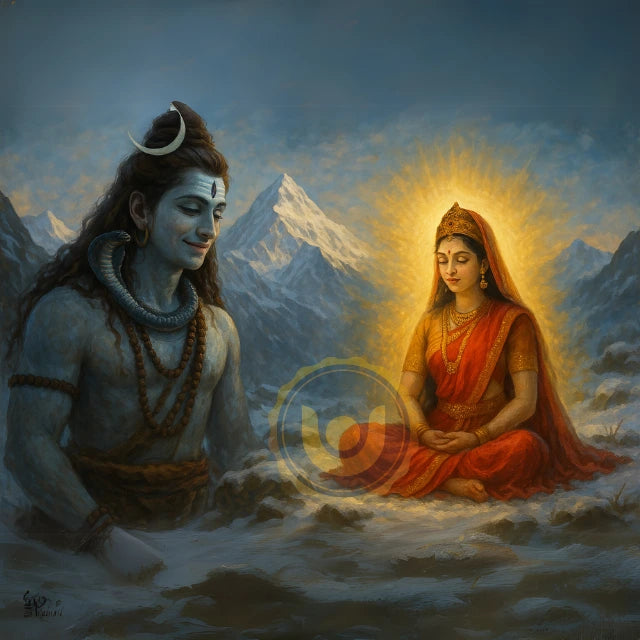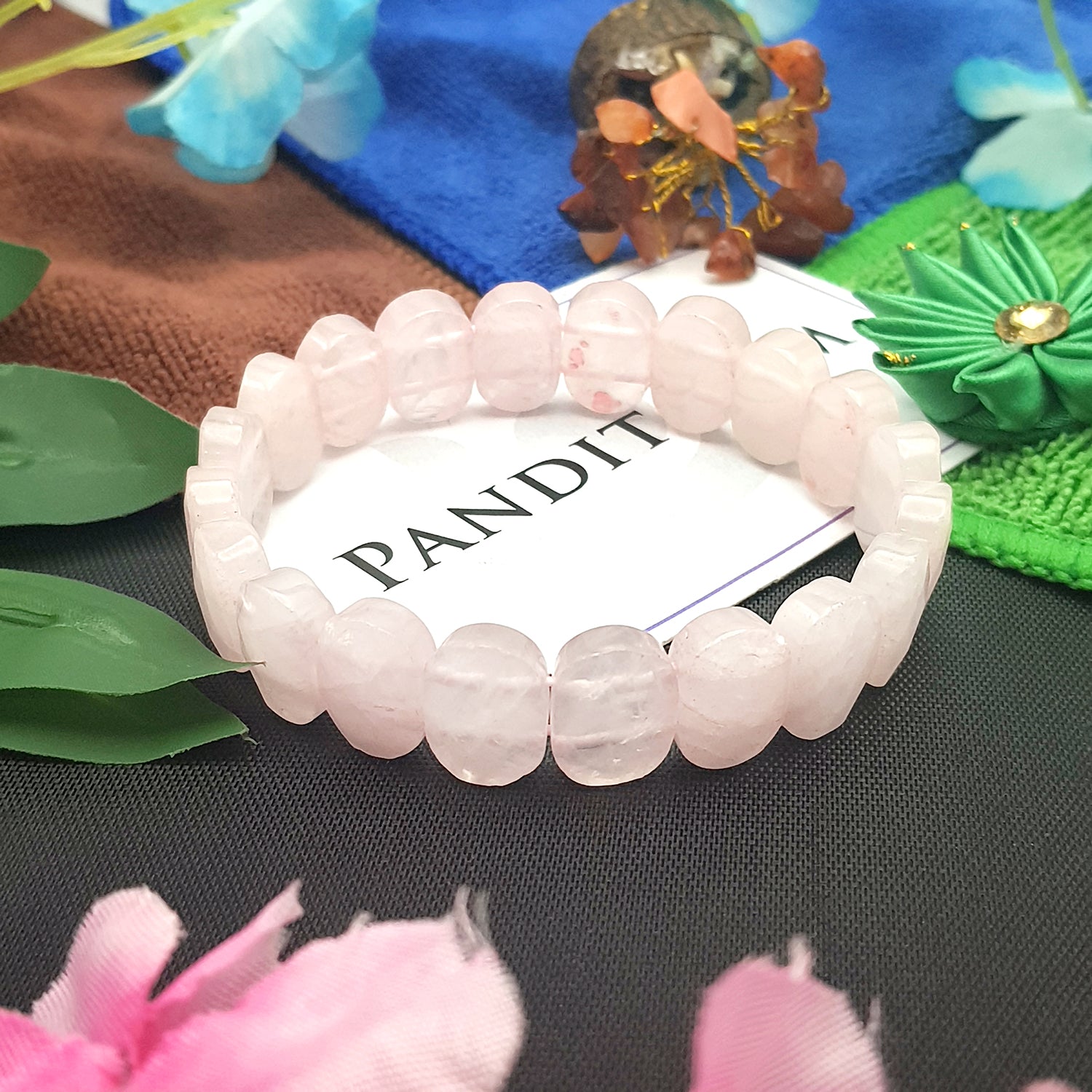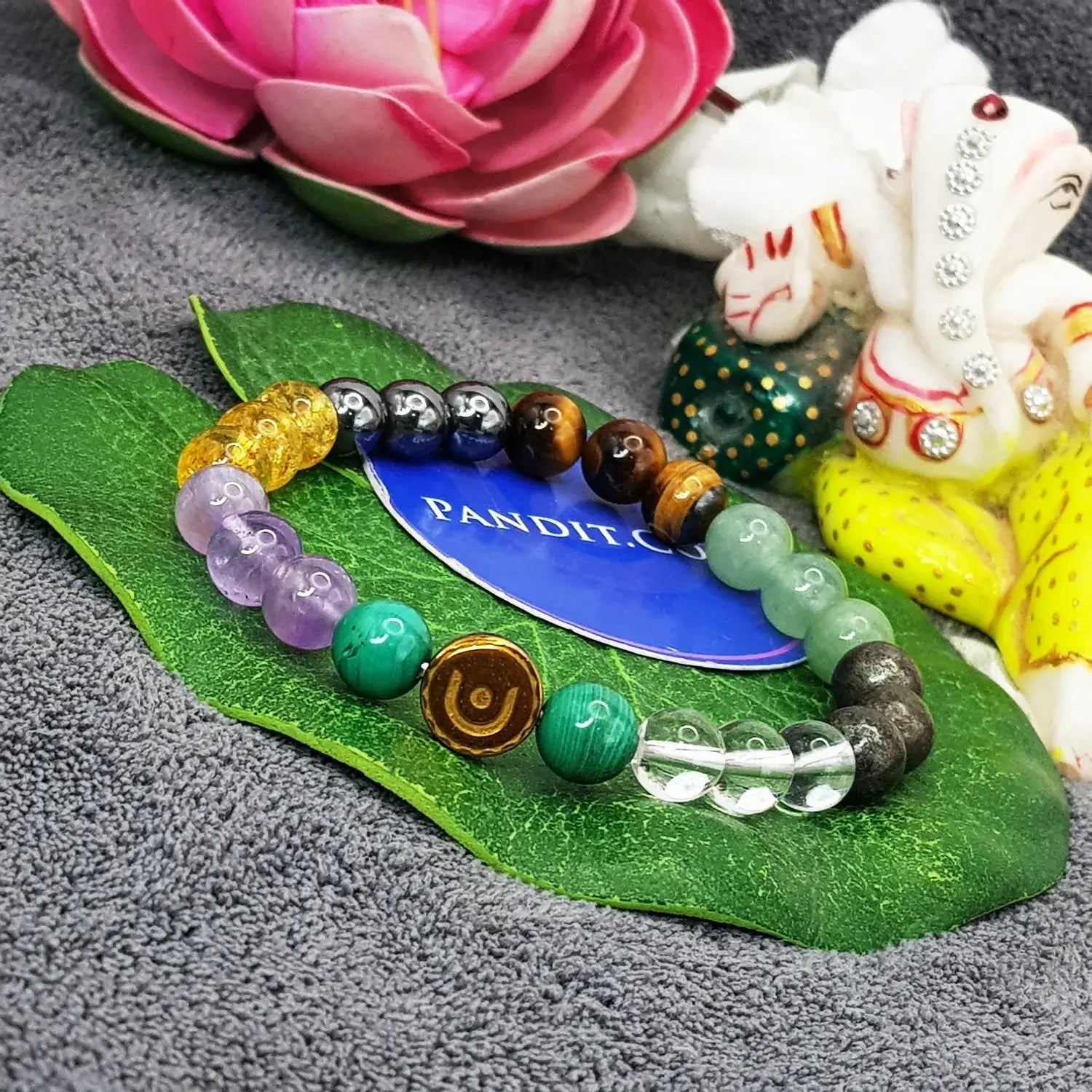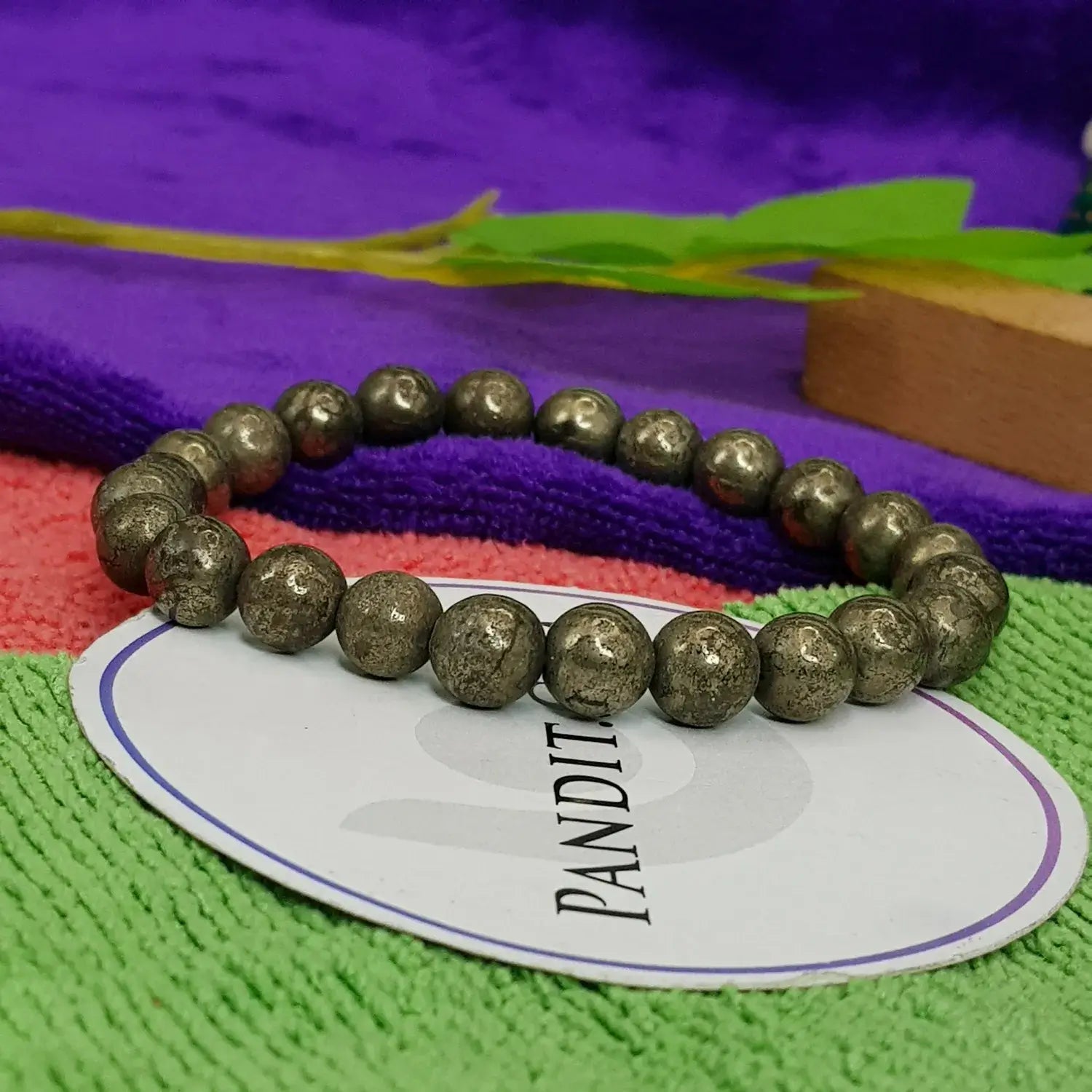The sun rose over the mighty Himalayas, its golden light touching the snow-covered peaks. A soft breeze carried the scent of fresh earth. Inside a grand palace, a baby girl was born.
King Himavan and Queen Menavati looked at their daughter with love. But the wise sages who came to bless her saw something more. They bowed their heads and whispered, "She is divine… Adi Shakti herself."

The queen smiled and named her Shailputri—the daughter of the mountains.
Not a Regular Princess
Shailputri grew up in a royal palace, but she was different from other princesses. While others played with jewels and silks, she loved the mountains. She would sit for hours by the rivers, feeling peaceful.

Sometimes, she felt like something was missing. As if someone was waiting for her. But who? She did not know.
One evening, as she watched the sun set behind the peaks, a strange feeling took over her heart. And suddenly, memories came rushing back.
She was not just Shailputri.
She had been Sati—the wife of Shiva.
She remembered everything—her father, King Daksha, his insult to Shiva, the fire, the pain. She had sacrificed herself in that fire. But she had come back.
This time, as Shailputri.
This time, to find Shiva again.
The Journey Begins
She knew she had to leave the palace. But how? The mountains were vast.
Just then, she heard a deep, familiar sound. A soft snort.
She turned and saw a magnificent white bull at the palace gates. His eyes shone with wisdom, as if he had always known where she was.
Her heart raced. Nandi.
Shiva’s loyal companion.
Without hesitation, she walked to him and placed her hand on his head.
"Shall we go?" she asked softly.
Nandi knelt before her. She climbed onto his back, her heart steady.

Through forests, across rivers, up steep mountain paths, they traveled. Villagers stopped and watched in awe. Some folded their hands in prayer.
She was no longer just a princess.
She was Mata Shailputri—the first form of Navadurga, the goddess of new beginnings.
And she was going back.
Back to Mahadev.
Shailputri’s Journey to Shiva
With every step Nandi took, the world around Shailputri changed. The grand palace, the comforts of royalty—they were all behind her now. The cold wind of the Himalayas brushed against her face, but she didn’t feel it. Her heart was warm with purpose.
She was going back to Shiva.
But the journey was not easy.
The Test of Devotion
Days turned into weeks. She traveled through dense forests, crossed roaring rivers, and climbed steep mountain paths. She had left behind the life of a princess and now lived like a seeker. No luxuries, no comforts—just faith.
But nature tested her.
One day, as she walked barefoot through the forest, sharp thorns pricked her feet. She winced in pain but did not stop.
Another time, she wandered in the burning sun, her throat dry with thirst. But no water was in sight. She closed her eyes, whispering Shiva’s name, and kept walking.
She knew this was a test.
Would she give up? Or would she keep going?
She kept going.

The Power of Her Tapasya
At last, she reached the mighty Himalayas, where silence ruled. No humans, no villages—just mountains standing tall, covered in snow.
Here, she sat down to meditate.
Days passed. Then months. Then years.
She ate nothing. She drank nothing. She sat still, lost in deep meditation. The cold winds howled, the snow fell, but she remained unmoved.
Her Tapasya (penance) shook the heavens. The gods and sages watched in awe.
"She is truly Adi Shakti," they whispered.
Even Lord Vishnu smiled, knowing that soon, something great was about to happen.

Shiva Appears
Far away, in Mount Kailash, Shiva felt a pull. He opened his eyes from meditation and saw her—Shailputri, sitting in deep penance, glowing with divine energy.
He knew.
She had come back.
She was his Sati.
She was Parvati, the goddess reborn.
And this time, nothing would keep them apart.
A soft smile played on Shiva’s lips. It was time to meet her again.

Shailputri’s Final Test
Shiva had seen Shailputri’s devotion. He knew she was his Sati, reborn as Parvati. But he also knew the path to him could not be easy. He decided to test her love—one final time.
The Arrival of a Stranger
One day, as Shailputri sat deep in meditation, a sage appeared before her. His eyes were sharp, his aura strong. He was no ordinary sage—it was Shiva himself, in disguise.
He looked at her and smirked. “Why do you sit here in this cold? What are you hoping to achieve?” he asked.
Shailputri opened her eyes and smiled softly. “I seek Shiva,” she said with unshaken faith.
The sage laughed. “Shiva? That wild ascetic who wears ashes and lives among ghosts? He is no king, no warrior. Why would a princess like you want him?”
Shailputri’s heart burned with determination. She had waited lifetimes for Shiva. No insult, no test could shake her faith.
She folded her hands and said, “You do not know his greatness. He is beyond riches, beyond power. He is my soul, my destiny. I will wait for him, no matter how long it takes.”
For a moment, there was silence. Then, the sage smiled.
In an instant, his form changed—his disguise disappeared. Before her stood Lord Shiva, in all his divine glory.

The Union of Shiva and Shailputri
Shailputri’s heart filled with joy. Her wait was over.
Shiva looked at her with deep love and said, “You have proved your devotion, Parvati. You are truly my other half.”
The heavens rejoiced. The gods showered flowers from the sky. The mountains echoed with divine music.
At last, Shiva and Shailputri were united. The love that had been cut short in her past life was now complete.
She was no longer just Shailputri.
She had transformed into Parvati, the goddess of power, devotion, and love.
Together, Shiva and Parvati would rule Kailash, bringing balance to the universe.
Their story was not just about love. It was about faith, patience, and destiny.
Because true love always finds its way back.

What Are the Sacred Rituals and Daily Routine for the First Day of Navratri?
Early Morning (Brahma Muhurta - 4:00 AM to 6:00 AM)
- Wake up early, take a bath, and wear clean or new clothes.
- Cleanse the puja area and sprinkle Gangajal for purification.
- If observing a fast, make a sankalp (resolution) to complete it with devotion.

Morning Puja (6:00 AM - 9:00 AM)
Ghatasthapana (Kalash Sthapana)
- Take an earthen or copper pot, fill it with water, and place a coconut on top.
- Decorate it with mango leaves and tie a red moli (sacred thread).
- Keep barley seeds in a clay pot and sprinkle water daily for germination.

Invoke Maa Shailputri
- Place Maa Durga’s idol or photo on the puja altar.
- Offer white flowers, ghee, milk, and fruits to the Goddess.
- Light a ghee diya and incense sticks (agarbatti/dhoop).
- Recite Shailputri mantra and chant "ॐ देवी शैलपुत्र्यै नमः" 108 times.
- Sing Durga Chalisa or Navratri Aarti.

Fasting Rituals
- If fasting, drink only water or have milk, fruits, or vrat-friendly food (like sabudana, makhana, or kuttu atta items).

Mid-Morning (9:00 AM - 12:00 PM)
- Engage in meditation or chanting of Durga Saptashati.
- Visit a temple or listen to Navratri Katha at home.
- If possible, help the needy by donating food, clothes, or money.

Afternoon (12:00 PM - 2:00 PM)
- Prepare sattvik food (without onion and garlic) for family members.
- If fasting, you can have fruits, coconut water, or vrat recipes like kuttu ki roti or samak rice.
- Avoid anger, negativity, or distractions; keep your mind focused on Maa Durga.
How to Decorate Your Mandir for Navratri?
Clean and Purify the Temple Area
- Start by cleaning the mandir with Gangajal or clean water.
- Sprinkle Gangajal around the temple to purify the space.

Arrange Maa Durga’s Idol or Picture
- Place a beautiful idol or framed picture of Maa Durga at the center.
- Add pictures of Navdurga forms if possible.
- Ensure the idol is facing east or west for a proper energy flow.

Floral Decoration
- Use fresh flowers like marigold, roses, lotus, or jasmine to create garlands.
- Decorate the temple backdrop with flower strings.

- You can also place flower petals in front of the Goddess.

Light Diyas and Candles
- Keep a brass or silver diya with ghee in front of the idol.
- If performing Akhand Jyoti, ensure the flame stays lit continuously.
- Add decorative LED diyas or fairy lights for a divine glow.
Use Rangoli and Toran
- Make a small rangoli in front of the mandir using rice flour, colors, or flower petals.
- Hang a mango leaf toran or marigold garland at the entrance.


Place Sacred Items on the Altar
- Keep Kalash Sthapana (Ghatasthapana) with coconut, mango leaves, and water.
- Arrange incense sticks (agarbatti), conch (shankh), and a bell for puja rituals.
Use Decorative Cloth and Red Chunri
- Cover the altar with a new or clean red, yellow, or white cloth.
- Place a red or gold Chunri (dupatta) over Maa Durga’s idol for a divine touch.

Add Spiritual Elements
- Play soft devotional music or bhajans in the background.
- Keep a Navratri Katha book or Durga Saptashati near the mandir.
What not to do on the first Navratra?
- - Avoid Eating Non-Vegetarian Food & Alcohol
Stay away from meat, eggs, alcohol, and tobacco as they are considered impure during this sacred period.
- - Don’t Consume Onion and Garlic
These foods are believed to increase tamasic (negative) energy and should be avoided.
- - Don’t Use Iron Utensils for Cooking Vrat Food
It is advised to use bronze, silver, or earthen cookware for preparing fasting meals.
- - Avoid Cutting Nails, Hair, or Shaving
Many devotees follow this as a sign of respect and purity during Navratri.
- - Refrain from Telling Lies or Using Harsh Words
Maintain positivity, speak kindly, and avoid conflicts.
- - Don’t Sleep During the Day
It is believed that sleeping during the day reduces the spiritual benefits of fasting.
- - Avoid Wearing Black or Inauspicious Colors
Instead, wear white or red on the first day, which is associated with Maa Shailputri.
- - Don’t Leave the Akhand Jyoti Unattended
If you have lit a continuous diya (Akhand Jyoti), ensure someone is present near it at all times.
Mantras to Chant for Maa Shailputri
Beej Mantra:
ॐ ह्रीं श्रीं शैलपुत्र्यै नमः॥
(Om Hreem Shreem Shailputryai Namah)
Dhyan Mantra (For Meditation)
वन्दे वाञ्छितलाभाय चन्द्रार्धकृतशेखराम्।
वृषारूढ़ां शूलधरां शैलपुत्रीं यशस्विनीम्॥
(Vande Vanchhitalabhaya Chandrardhakritashekharam,
Vrisharudham Shooldharam Shailputrim Yashasvinim.)
Navratri Aarti
Sing "Jai Ambe Gauri" or "Om Jai Chandraghanta Mata" during puja.
What to Offer as Prasad?
- - Pure Ghee – Symbolizes health and purity.
- - Milk and Curd – Brings blessings and prosperity.
- - White Flowers – Maa Shailputri loves white flowers, especially jasmine.
- - Sugar or Mishri (Rock Sugar) – Ensures sweetness in life.
- - Kuttu Atta Halwa or Panjeeri – A traditional vrat prasad.
- - Fruits (Banana, Apple, Coconut, etc.) – For blessings and good health.
























